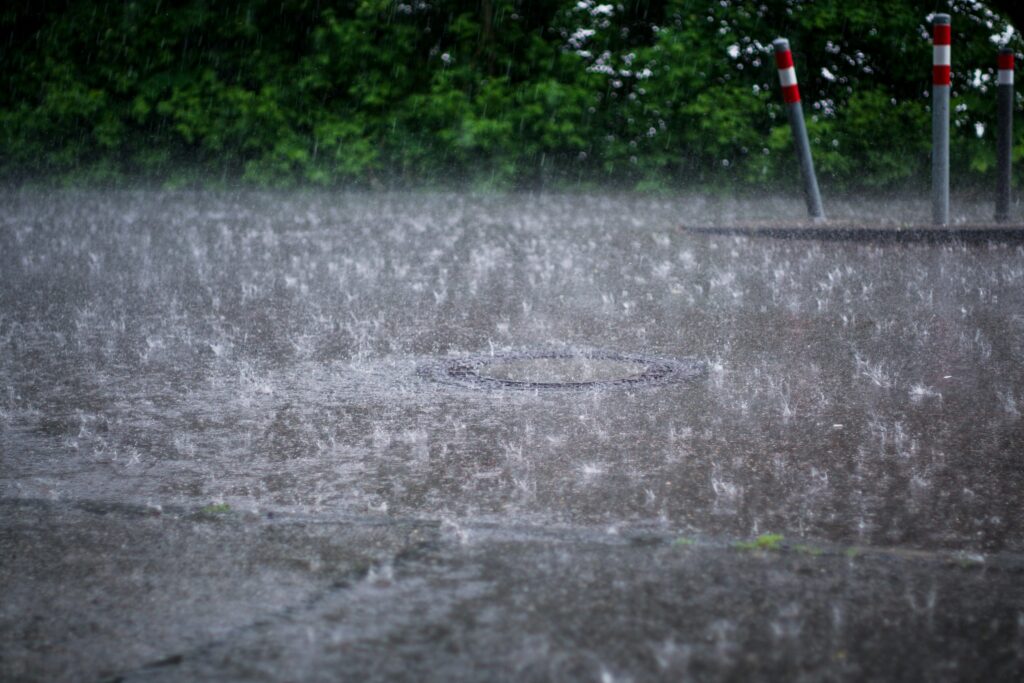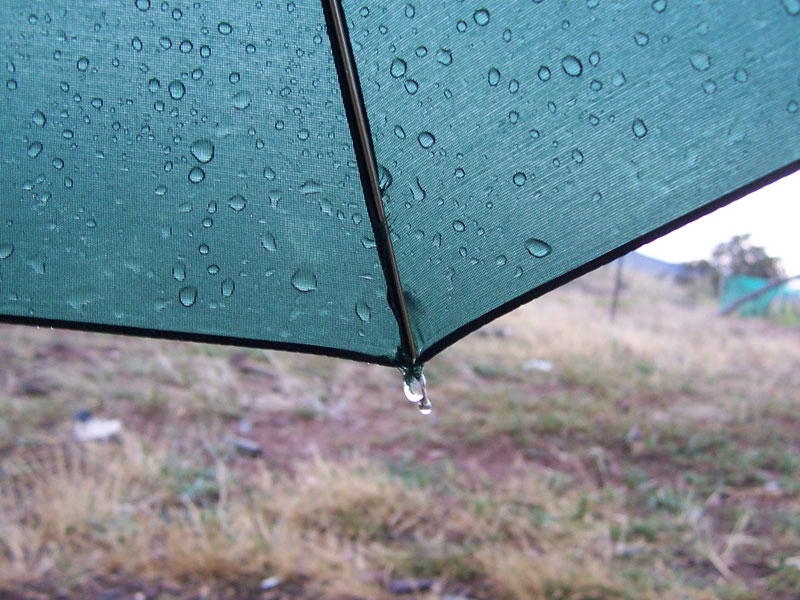
Rain is one of the most common weather phenomena we experience yet behind those falling drops lies a world of science, surprises, and wonder. Here are some fascinating facts about rain that will change the way you think about it.
1. Not All Rain Reaches the Ground
Did you know that not all raindrops make it to Earth? Some of them evaporate before reaching the ground, especially when the air below the clouds is dry. This phenomenon is called virga.
2. Raindrops Can Fall at Speeds Up to 30 km/h
Raindrops don’t just fall slowly. Depending on their size, raindrops can fall at speeds ranging from 8 to 32 km/h (5 to 20 mph) though air resistance keeps them from going faster.

3. Raindrops Aren’t Tear-Shaped
Despite how they’re often drawn, raindrops are not shaped like teardrops. In reality, they are more like hamburger buns flat on the bottom and rounded on the top, due to the air pressure as they fall.
4. Rain Can Be Acidic
Acid rain occurs when raindrops mix with pollutants like sulfur dioxide or nitrogen oxides in the atmosphere. This type of rain can damage plants, buildings, and soil health.
5. It Doesn’t Always Take Dark Clouds to Rain
While big, dark cumulonimbus clouds often signal heavy rain, lighter rain can fall from nimbostratus clouds, which appear gray and cover the sky like a blanket.
6. The Smell After Rain Has a Name
Ever noticed that fresh, earthy scent after it rains? That smell is called petrichor, a combination of plant oils and a chemical called geosmin released by soil-dwelling bacteria when rain hits the ground.
7. The Rainiest Place on Earth Is in India
The small village of Mawsynram in northeastern India holds the record for the highest annual rainfall in the world receiving over 11,000 mm (433 inches) of rain each year!
8. Rain Can Fall in Different Colors
Although rare, colored rain can happen when raindrops carry dust, sand, or volcanic ash from the atmosphere. Red, yellow, and even black rain has been reported in various parts of the world.
9. Rain Helps Clean the Air
Rain plays a vital role in the environment by cleansing the air. It helps wash away pollutants like dust, smoke, and chemicals, leading to improved air quality after a downpour.
10. Not All Rain Is Heavy There’s Also Drizzle
Drizzle is a light form of rain with very fine droplets, often lasting longer but with less intensity. It’s common in coastal and mountainous regions and often creates a misty atmosphere.
Final Thoughts
Rain is more than just water from the sky it’s a complex and beautiful part of our planet’s natural cycle. Whether it’s helping plants grow, cleaning the air, or cooling the earth, rain has countless benefits and hidden wonders.
So next time it rains, take a moment to appreciate the science and beauty behind every drop.





